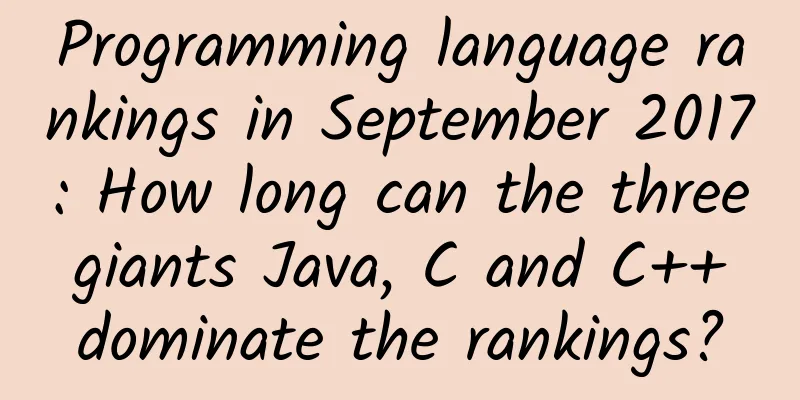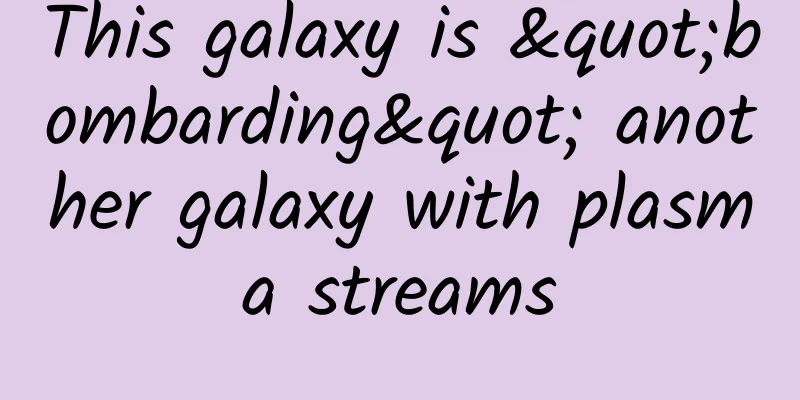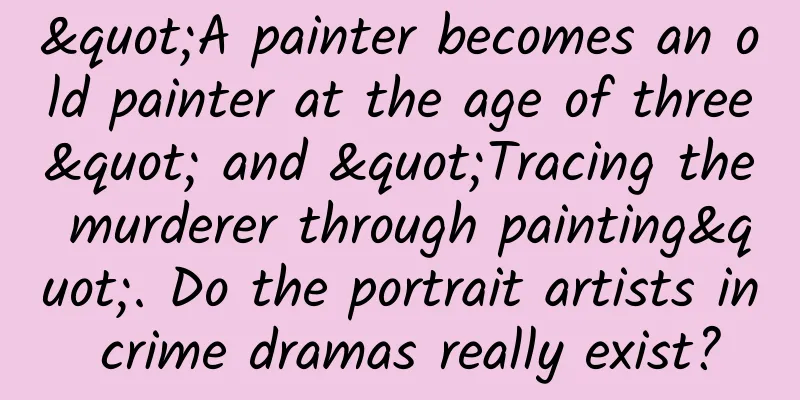Programming language rankings in September 2017: How long can the three giants Java, C and C++ dominate the rankings?

|
[51CTO.com Quick Translation] For the past 16 years (since 2001), the top three positions in the TIOBE programming language rankings have been occupied by Java, C, and C++. Although C# and Python have been widely recognized as the core programming languages of the next generation, they are still not fully reflected in terms of popularity. The main reason why C# cannot enter the top three is that its adoption rate in non-Windows fields is still not ideal. On the other hand, Python's dynamic typing characteristics make developers reluctant to use it in large and/or critical software systems. However, it must be admitted that the gap between the big three and other programming languages is rapidly narrowing. After the big three gradually lose their overwhelming advantage, it is still difficult to give a conclusion on how the future prospects will change. In fact, the current trend shows that hybrid usage is becoming mainstream. Applications developed in a single programming language are becoming increasingly rare. According to this development process, more languages with reduced popularity will appear on the TIOBE rankings in the future. The exciting moment has finally arrived. I believe that everyone, like us, is looking forward to seeing what fate various programming languages will usher in in the next few years, and which languages will be able to ascend to the top three in the new era. Programming language ranking TOP 20 list: (Click on the image to see a larger version) Trend chart of the top 10 programming languages: (Click on the image to see a larger version) Here is the ranking of programming languages 21-50: (Click on the image to see a larger version) The bottom 50 programming languages are as follows:
Changes in 10 programming languages in recent years: (Click on the image to see a larger version) [Translated by 51CTO. Please indicate the original translator and source as 51CTO.com when reprinting on partner sites] Top 3 hot articles recommended this month When AI meets virtual reality gesture interaction, the technical details are practical Slap Taobao in the face and subvert e-commerce! This fashion company uses algorithms to innovate new retail Detailed explanation by a senior architect with 15 years of experience: Microservice transformation practice of a large Internet company |
<<: Droidcon Beijing 2017 Android Technology Conference will be held in November
>>: Tech Neo August Issue: Language Choice
Recommend
After beating the world's major car companies, it rebuilt a business empire: new energy aircraft!
Everyone has a different answer to what a legend ...
A few days ago, my friend shared with me the tea drinking and tasting studio in Kunming.
Kunming tea tasting has its own studio. Recommend...
7 steps to recall users of cash loan products!
This article mainly takes cash loan products as a...
8 trends in brand IP marketing in 2020
Looking back at 2019, various popular IP content ...
Gaining 170 million users in 4 years, analyzing the operating strategy behind Keep
Recently, keep became popular again with its new ...
Yang Yigang's zero-based money-making videos become cash courses
Do you also want to experience the feeling of hav...
8 facts about mobile internet advertising
In the past two years, mobile advertising has bro...
How to implement and operate Juliang Qianchuan’s “Extreme Speed Promotion”?
If you want to get more traffic when selling good...
NSA cracks German Chancellor's encrypted phone again
German media reported that the US National Securit...
Named by experts to fight against Omicron, what is “vaccine adjuvant”?
With the arrival of Omicron and the increase in b...
Can sunbathing prevent cancer? The health code in the sun!
Have you ever noticed that you feel particularly ...
Crazy hoarding makes you a big fat ball! Check out the animals that love to "hoard food"
Severe cold weather is always more difficult for ...
What is the technology behind the popular AI painting? (Part 1)
Making machines creative has always been one of t...
Wandering in the rivers of the Ali Plateau
The beauty of harmony and balance outlined by the...
Introduction to placing Wenchang Tower for people born in the Year of the Dog in 2020
Introduction to placing Wenchang Tower for people...









